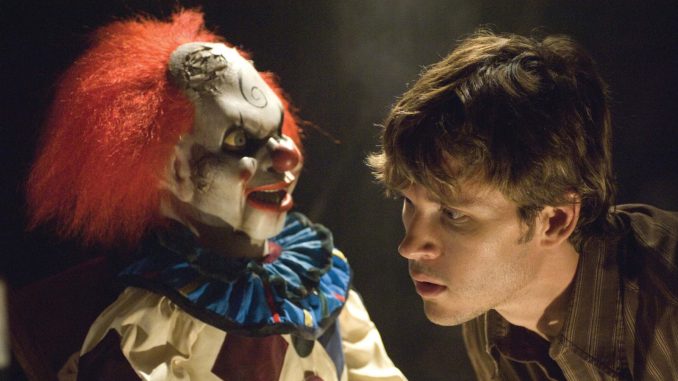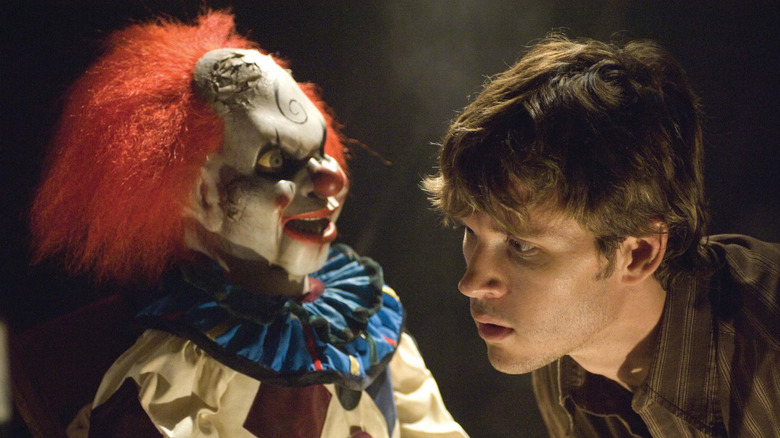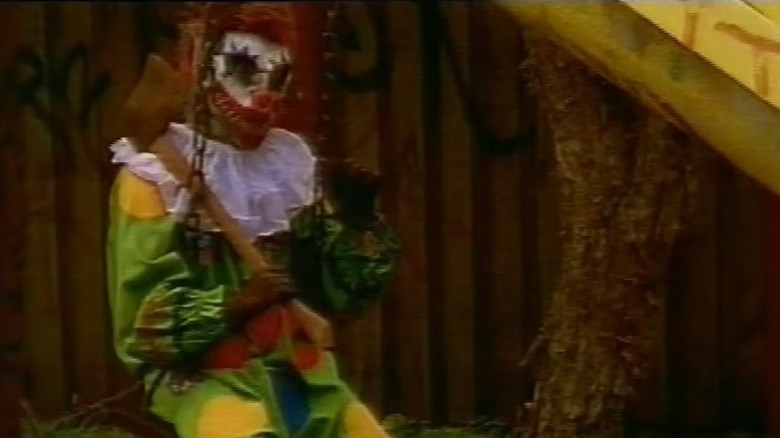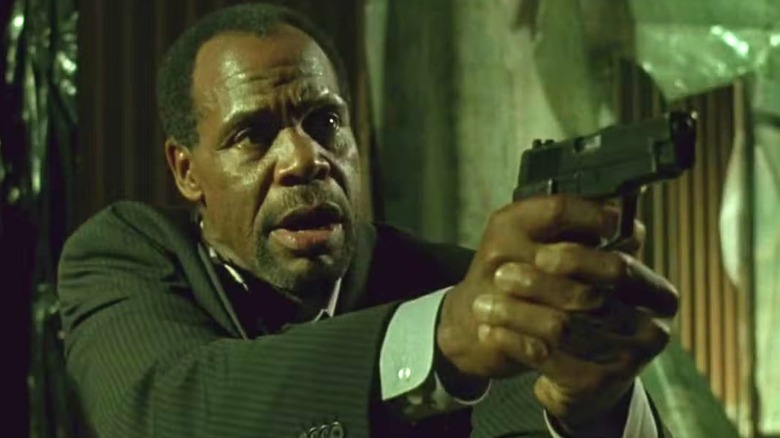
For some hardcore cinephiles, there’s no greater pleasure than digging into the roots of some of their favorite filmmakers. It’s often a highly illuminating experience to see the first cinematic efforts of directors who go on to bigger and better things. Whether it takes them a few features to build up to the height of their powers, or if they came storming out of the gate with originality and attitude to spare, there’s usually some kind of overarching story of these filmmakers and their craft to be discovered when watching these early works.
If you can find them at all, that is. While most young filmmakers these days are used to growing up in a world where their baby pictures are still posted on their social media accounts, the analog days of yore meant old media could not only be lost, but become lost for good. That risk goes double for films that get caught up in legal issues, whether it involves some form of rights entanglement or unclear ownership, with no one to answer for its availability or its whereabouts. Still another issue is the one that’s the hardest to crack, which is that the filmmakers themselves sometimes own their own movie, but simply wish to not let it see the light of day for whatever reason. That latter issue seems to be the reason why director James Wan’s first feature, entitled “Stygian,” has never received an official release of any kind to this day. While Wan and his collaborators on the film have made sure that “Stygian” remains unseen, the glimpses and hints that are available only serve to tantalize Wan fans as to what secrets this nearly-lost, wild horror movie may or may not hold.
James Wan and his collaborators don’t want you to see Stygian
According to the Lost Media Wiki, “Stygian” was made in Australia around the year 2000 for a production company known as Hybrid Films. That company is owned by filmmaker Shannon Young, who co-directed “Stygian” with Wan. Young can be seen in this brief behind-the-scenes clip (from a making-of documentary for his film “Razor Eaters”) mentioning “Stygian,” along with some brief clips of the film itself. Interestingly, Young doesn’t describe it as a horror movie, but rather “an action-fantasy film,” and the clips shown do indicate that there is some kind of action edge to the proceedings. According to a description from Screen Australia’s The Screen Guide, the film sounds like some sort of Rob Zombie meets Clive Barker mash-up:
“STYGIAN is the story of Jamie and Melinda, an innocent young couple who find themselves the inadvertent victims in a chance to the death – and beyond it. Accidentally becoming the bearers of a mystical talisman sought after by the evil ‘Reapers Brothers’, the couple find themselves trapped in another world called ‘Exile’, a ‘gutter-punk’ Purgatory for the world’s dead bad guys. Lost and alone, Jamie must seek out Melinda in this strange new world. But he soon discovers he’s not alone…”
Other than that description and the documentary clip, no further official comments on “Stygian” by either Wan or Young have surfaced. The only hint we have as to why the film remains buried is this Reddit user’s post who, upon looking to track down the movie, allegedly was contacted by Young, who informed them that although they have a copy of the film in their personal archives, they wished for it to remain unreleased. Despite the fact that neither Young nor Wan have said anything definitive regarding why the movie remains hidden from view (nor has anybody involved with the film, really, including Leigh Whannell, who was an actor in it), it seems that one can read between the lines and infer that “Stygian” must be disappointing enough that its makers simply don’t think it worth releasing.
The never-ending allure of the lost movie
Despite all signs pointing to “Stygian” not being worth the time it takes to track down, the hidden nature of the movie only makes it more enticing, not less. After all, the surfacing of similar debut shorts and/or features from other horror luminaries such as Sam Raimi and Edgar Wright have only been embraced by fans, who dismiss the filmmakers’ embarrassment at their early, unpolished films. The biggest example of this disconnect between the artists and the fans regarding their early films is Stanley Kubrick’s first feature, 1952’s “Fear & Desire.” Kubrick spent the majority of his life trying to keep the film from being seen, but those who have seen it (which is now a growing number of folks, thanks to the movie’s availability on home media) agree it’s at least worth viewing as a curiosity.
The film school nature of “Stygian” may indeed mean that it’s amateurish at best, but the fact that it’s a lost film co-directed by one of the horror genre’s biggest names is only going to allow interest in it to grow. From that aforementioned official description and the brief moments of footage on YouTube, it sounds like some elements of Wan’s later work can be glimpsed in the film — the idea of a Purgatory-like realm where evil creatures reside sounds especially close to the concept of the Further from the “Insidious” series, and a couple of the characters seen in the clips recall Wan’s horror aesthetic. There’s even a little easter egg within Wan’s “official” first film, “Saw,” that nods to “Stygian,” as Detectives Tapp (Danny Glover) and Sing (Ken Leung) discover that Jigsaw’s hideout is located at 213 Stygian Street.
Who knows if Young, Wan, or anyone will eventually release (or leak) “Stygian” in full. If it ever happens, it will undoubtedly provide some interest to fans of Wan’s films, regardless of whether it works on its own merits. While it would be nice to have a sense of closure and finally just see the film, there’s no denying that it’s a bit more fun to imagine and theorize what it could be. For now, the elusive “Stygian” exists in an almost perfect form: It’s purely the stuff dreams (or nightmares) are made of.




Leave a Reply